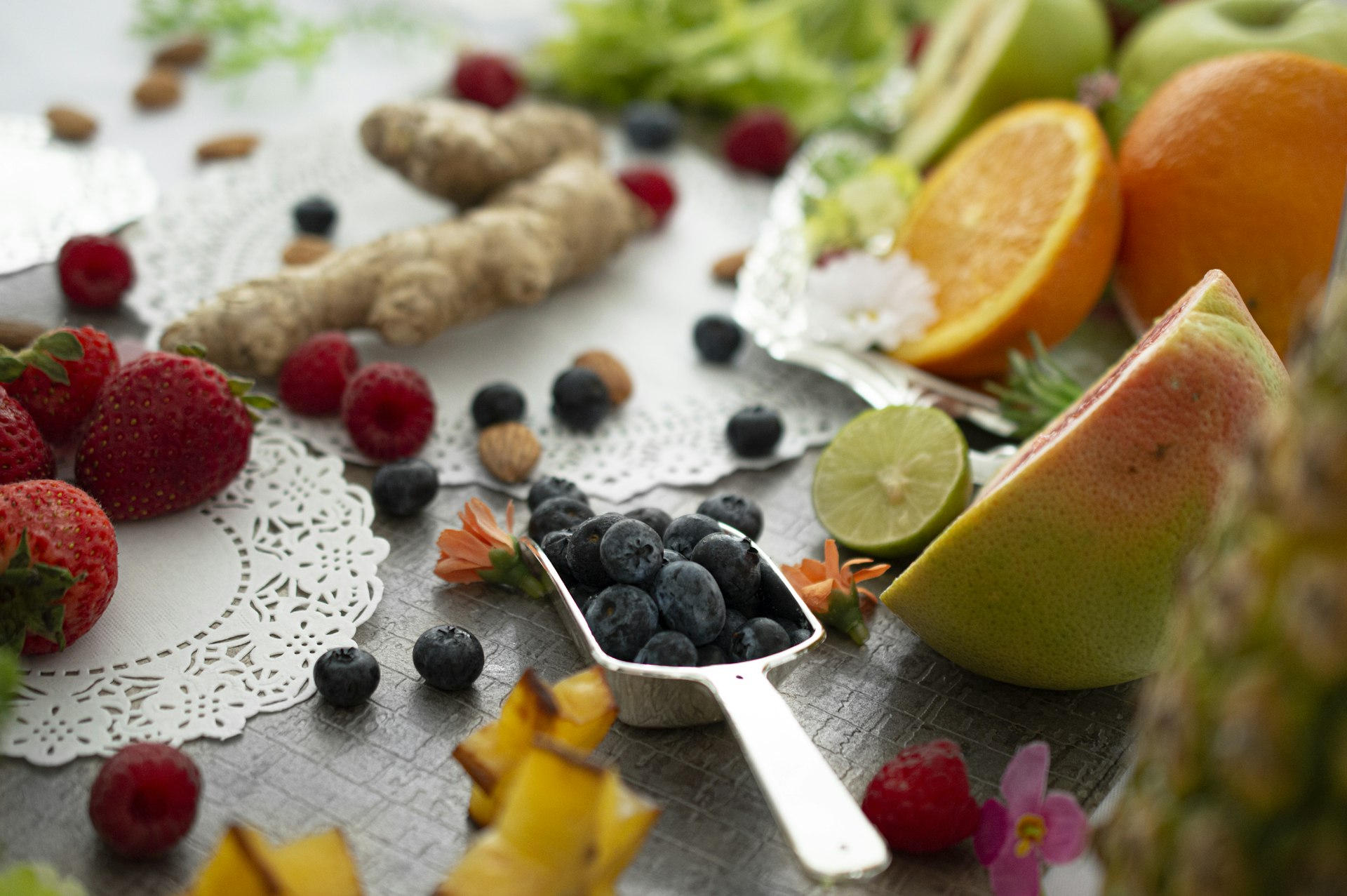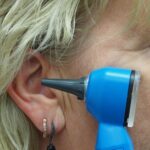Unlocking the Wellness Benefits of Clean Eating: Evidence, Guidance, and Practical Steps


Photo by Sara Cervera on Unsplash
Introduction: Understanding Clean Eating and Wellness
Clean eating has become a widely discussed concept in the pursuit of better health and holistic wellness. While its definition varies greatly among individuals, it generally involves emphasizing whole, minimally processed foods and reducing additives, preservatives, and refined ingredients. This approach is often associated with enhanced energy, weight management, disease prevention, and improved mental well-being. However, the lack of a standardized definition means that the benefits-and potential pitfalls-depend on how one implements a clean eating strategy. This article explores the proven and potential wellness benefits of clean eating, offers concrete steps for adopting these dietary habits, and addresses common challenges with expert-backed solutions.
The Core Principles of Clean Eating
Most interpretations of clean eating involve several recurring themes: increasing the intake of fresh fruits, vegetables, whole grains, lean proteins, and healthy fats, while minimizing highly processed foods, excess sugar, and artificial additives. According to a study published in
JAMA Internal Medicine
, patterns that focus on these foods are linked to a significant reduction in early mortality and chronic disease risk
[2]
. Survey data also indicate that clean eating is largely perceived as a positive, wellness-promoting behavior, with many viewing it as a step toward taking care of oneself, not just for aesthetics but for overall well-being
[1]
.
Evidence-Based Wellness Benefits
Although the term “clean eating” itself is not always found in scientific literature, its foundational practices-such as eating more whole, plant-based foods and fewer ultra-processed items-are strongly associated with numerous health benefits:
1. Reduced Risk of Chronic Disease
People who regularly consume nutrient-rich, whole foods are less likely to develop chronic illnesses such as heart disease, diabetes, cancer, and neurodegenerative conditions. A large-scale study tracking over 120,000 individuals for three decades found a 20% reduction in total mortality for those adhering to healthy eating patterns, which all emphasize whole grains, fruits, vegetables, nuts, and legumes
[2]
. Another study in
The BMJ
observed that higher consumption of ultra-processed foods is linked to increased risk of cardiovascular and cerebrovascular diseases
[3]
.

Photo by Vinicius “amnx” Amano on Unsplash
2. Weight Management and Body Composition
Clean eating can facilitate weight control by reducing calorie-dense processed foods and replacing them with fiber-rich fruits, vegetables, and whole grains, which increase satiety and reduce overall calorie intake. Many individuals report adopting clean eating to support weight loss or to maintain a healthy weight [1] . However, results are most sustainable when clean eating is approached as a balanced, flexible framework rather than a restrictive, rule-based system [3] .
3. Enhanced Energy and Mental Well-being
A diet rich in nutrient-dense foods supports stable blood sugar and provides essential vitamins and minerals, which can lead to improved energy levels and mood stability. Many clean eaters report feeling more energized and alert, and some studies suggest that healthy dietary patterns are associated with reduced symptoms of depression and anxiety, although more research is needed to clarify the relationship [1] .
4. Better Digestive Health
Whole foods, particularly those high in fiber like fruits, vegetables, legumes, and whole grains, contribute to digestive wellness by promoting regularity and supporting a healthy gut microbiome. Clean eating that includes these foods can help reduce digestive discomfort and may lower the risk of gastrointestinal diseases.
How to Start Clean Eating: Actionable Steps
Transitioning to a clean eating lifestyle does not require an all-or-nothing approach. Here are practical steps to get started, regardless of your current diet:
- Assess your current eating habits: Begin by tracking what you eat for a week. Note the proportion of whole versus processed foods. This awareness is key for gradual improvement.
- Prioritize whole, minimally processed foods: Choose fresh or frozen fruits and vegetables, whole grains (like brown rice, quinoa, oats), legumes, nuts, seeds, and lean proteins such as fish, poultry, eggs, or plant-based sources.
- Limit added sugars and refined grains: Opt for unsweetened products and switch from white bread or rice to whole grain versions whenever possible.
- Read ingredient labels: Look for foods with short, recognizable ingredient lists. Avoid products high in artificial additives, preservatives, and unhealthy fats.
- Prepare more meals at home: Cooking from scratch gives you full control over the ingredients you consume. Batch-cooking and meal prepping can make clean eating more convenient during busy weeks.
- Hydrate wisely: Replace sugary or artificially sweetened beverages with water, herbal tea, or naturally flavored sparkling water.
For those seeking guidance, registered dietitians can help tailor a clean eating plan to individual needs. You can find a credentialed dietitian by searching the Academy of Nutrition and Dietetics’ official database or contacting your local healthcare provider.
Common Challenges and Solutions
Challenge:
Clean eating feels too restrictive or time-consuming.
Solution:
Start small by incorporating more vegetables into one meal per day or swapping out a processed snack for a whole food alternative. Gradual changes are more sustainable and less overwhelming.
Challenge:
Conflicting nutrition advice and misinformation.
Solution:
Rely on guidance from registered dietitians, government dietary guidelines, or academic resources. Be cautious about nutrition advice from unverified social media influencers. The Dietary Guidelines for Americans and resources from the
Centers for Disease Control and Prevention (CDC)
are credible starting points.
Challenge:
Increased grocery costs.
Solution:
Buy seasonal produce, shop at local farmers markets, or purchase frozen fruits and vegetables, which are often more affordable and just as nutritious. Planning meals in advance can reduce food waste and save money.
Potential Pitfalls and How to Avoid Them
While clean eating has many potential benefits, an overly rigid or obsessive approach can lead to negative outcomes, including disordered eating behaviors, social isolation, and unnecessary food restrictions [1] . The key to sustainable clean eating is flexibility and balance. Enjoying occasional treats or processed foods is compatible with a healthy lifestyle.
For individuals at risk of or recovering from eating disorders, it is especially important to consult with a healthcare provider before making significant dietary changes. If you notice that clean eating is causing distress or interfering with daily functioning, seek support from a mental health professional or a registered dietitian experienced in eating disorder care.
Alternative Approaches and Adaptations
Clean eating is not one-size-fits-all. Some may thrive on a plant-based or vegetarian pattern, while others include lean animal proteins. The most widely studied healthy dietary patterns-such as the Mediterranean, DASH, and vegetarian diets-all emphasize a high intake of whole, minimally processed foods. These flexible frameworks allow for adaptation to individual preferences, cultural backgrounds, and health needs [2] .
For more information about evidence-based dietary patterns, you may consider reviewing materials from the Harvard T.H. Chan School of Public Health or the CDC’s nutrition resources. Always verify the credibility of any dietary program before starting.
Key Takeaways and Next Steps
Clean eating, when approached with balance and flexibility, can support multiple dimensions of wellness, from disease prevention to energy and mental health. The greatest benefits are seen when clean eating aligns with evidence-based dietary patterns that prioritize whole, nutrient-rich foods and minimize processed ingredients. Start by making gradual, manageable changes to your daily meals, and seek professional guidance when needed. Remember that wellness is a lifelong journey, not a one-time fix.
References
- Ambwani et al. (2019). Is #cleaneating a healthy or harmful dietary strategy? U.S. young adults’ conceptualizations and reactions. PMC.
- American Medical Association (2023). Diet patterns that can boost longevity, cut chronic disease.
- Medical News Today (2023). Clean eating: What does the research say?
- Centers for Disease Control and Prevention (2024). Nutrition Basics.






